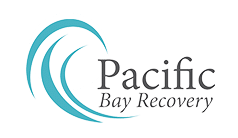When it comes to managing addiction, therapy is one of the most important tools used by San Diego drug detox centers. Therapy often conjures images of extended sits with bespectacled counselors asking you how you feel. While this aspect of therapy is important, there are many more, exciting methods employed.
This article will discuss some of the most common and effective methods of therapy used at San Diego drug detox centers.
1. Cognitive Behavioral Therapy
Cognitive-behavioral therapy is the cornerstone of most addiction treatment programs. Indeed, it is the cornerstone of much of the psychotherapeutic practice worldwide.
Cognitive-behavioral therapy operates under the belief that habitual behaviors (addictions) are the result of unhealthy behavior patterns and learned behaviors. The process attempts to undo these learned behaviors and replace them with healthier and more productive beliefs and habits.
2. Rational Emotive Behavior Therapy
Rational emotive behavior therapy (REBT) is a form of therapy that is not entirely dissimilar to cognitive behavioral therapy. The purpose of this branch of therapy is to help patients figure out how their negative thoughts and beliefs can lead to emotional challenges and destructive habits.
The main thing separating REBT from cognitive behavioral therapy is that REBT focuses on unhealthy beliefs. By aiming to replace these beliefs with healthy and logical ones, patients can improve their mental well-being.
3. Family Therapy
Not all people in recovery will benefit from family therapy. However, if the addiction has had an impact on the family members of the individual in recovery, it can be immensely useful.
Oftentimes the roots of our addiction lie in our family dynamic. Furthermore, destructive behavior caused by addiction can create further challenges for the family of the addicted person. Family therapy can help to correct all of these problems.
4. Eye Movement Desensitization and Reprogramming
Eye movement desensitization and reprogramming, or EMDR, is a form of treatment that was created in the 1980s. The original purpose of the therapy was to help people who struggled with PTSD.
Many people will find that their addictions relate to traumatic experiences that they had early in life. EMDR can be useful for helping people become less sensitive to their trauma responses, and ideally, reprogram these responses to become healthy and productive.
5. Person-Centered Therapy for Addiction
Person-centered therapy is a branch of therapy that aims to focus more on the individual, rather than the actual addiction. This type of therapy presupposes that unhealthy emotions, such as shame and self-doubt, can contribute to addiction.
The goal of person-centered therapy is to help heal these negative emotions and replace them with positive feelings such as self-acceptance and self-love.
Conclusion
There are many types of therapy that one might encounter on the road to recovery. Cognitive-behavioral therapy is by far the most common, but other therapies — such as EMDR and rational emotive behavior therapy — can be useful components of a recovery program at San Diego drug detox centers.
If you or a loved one are interested in making improvements, don’t hesitate to get in touch with a rehab program.


